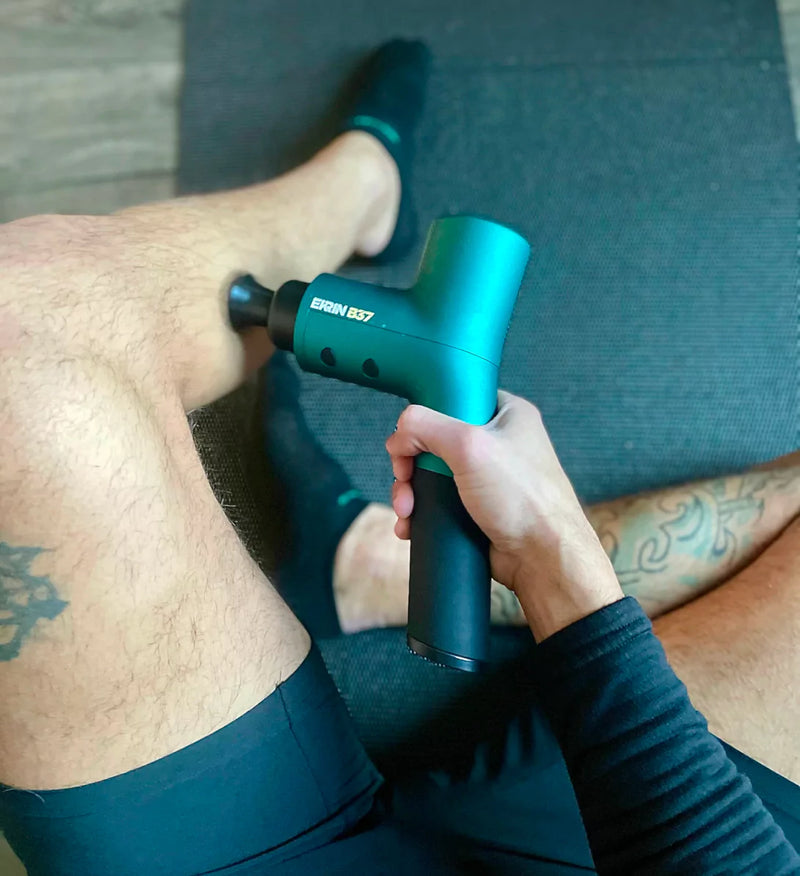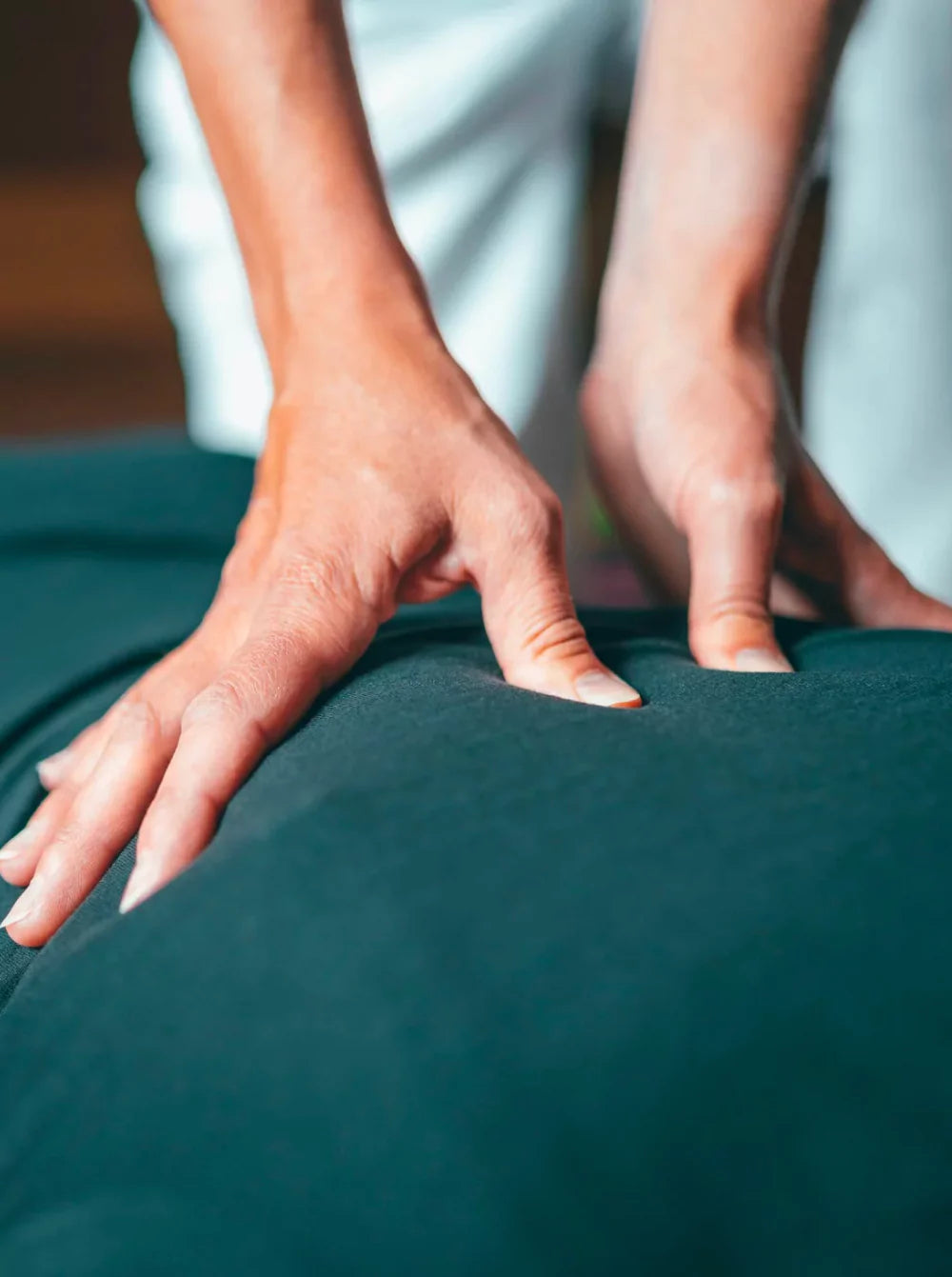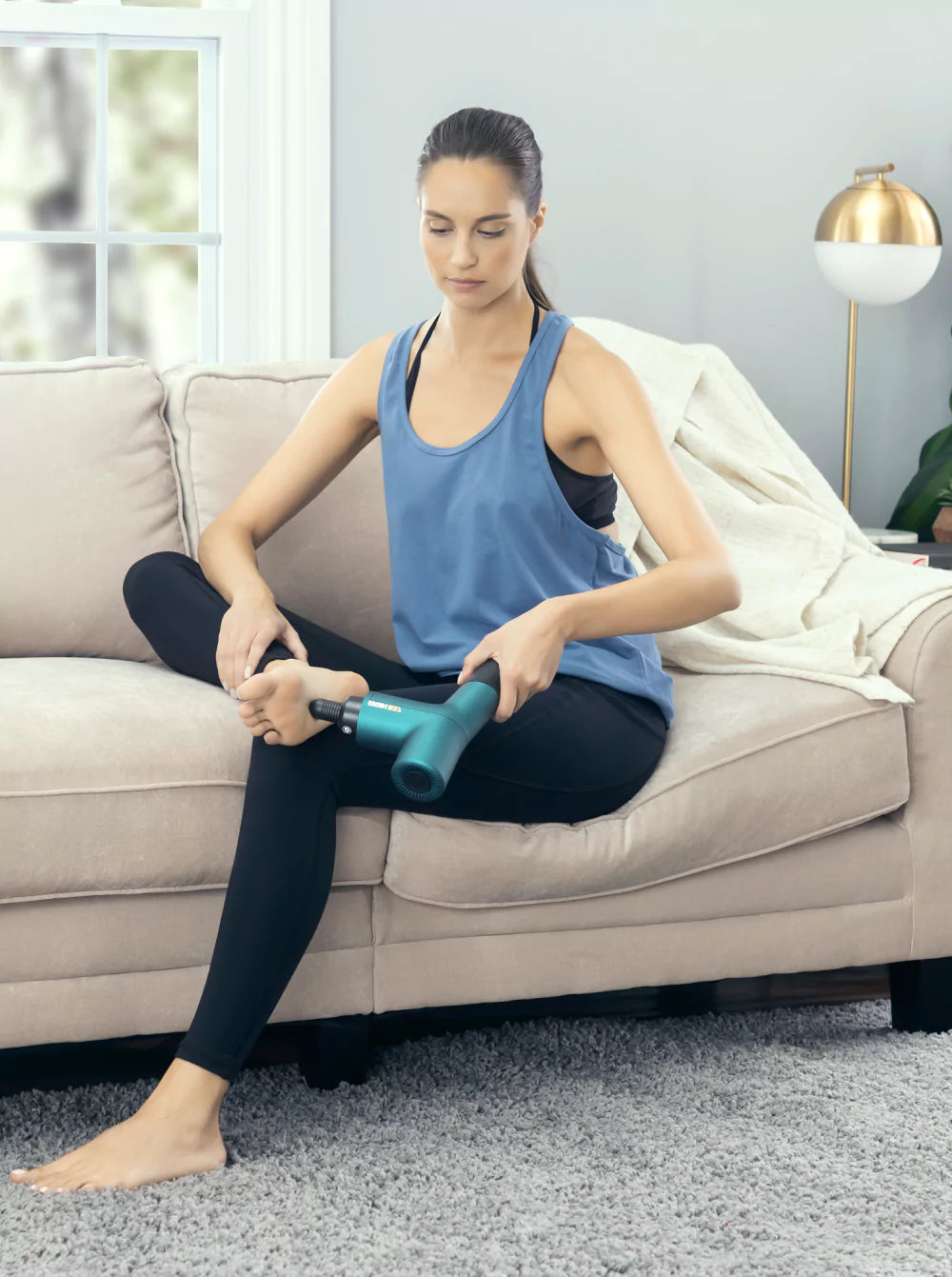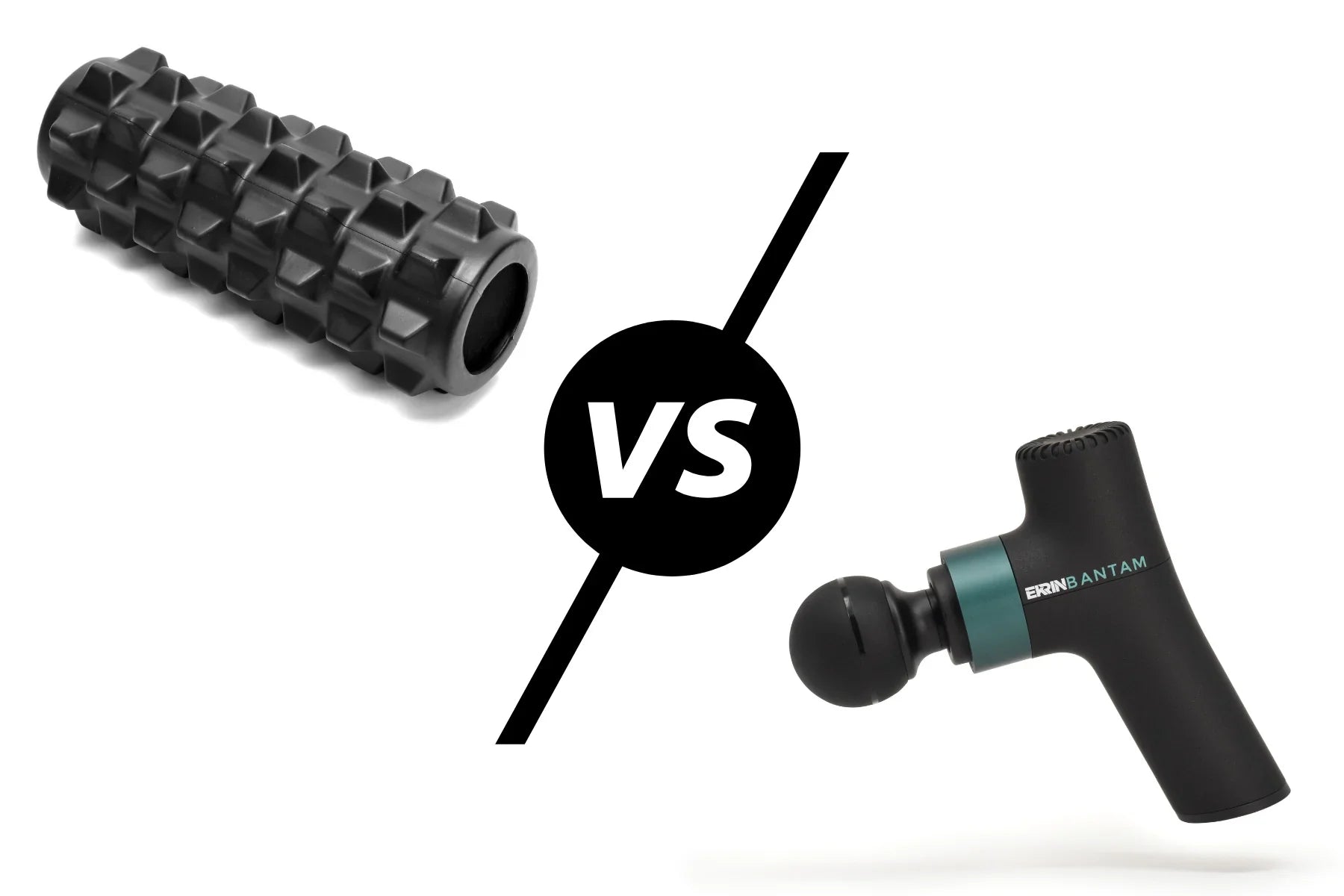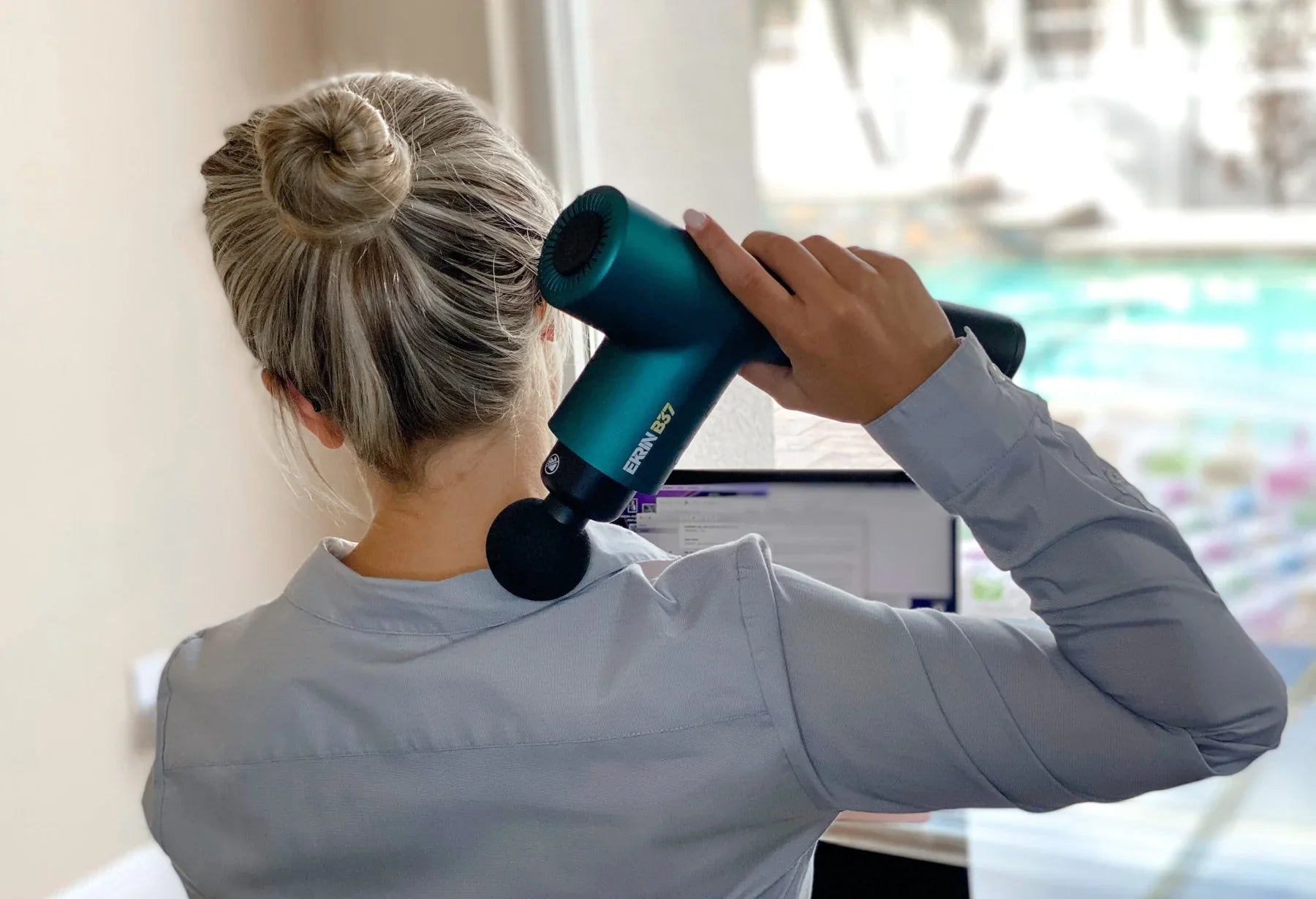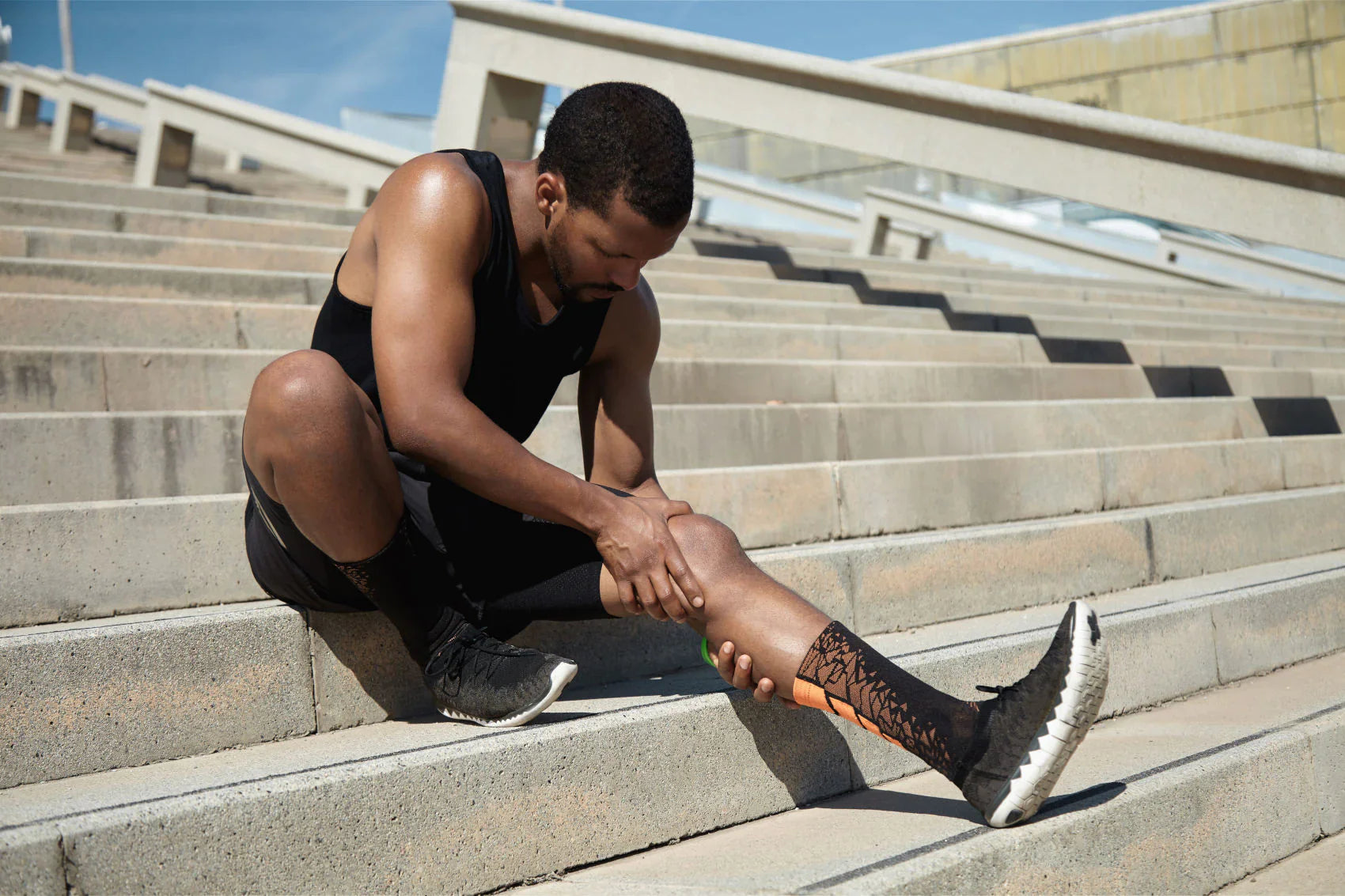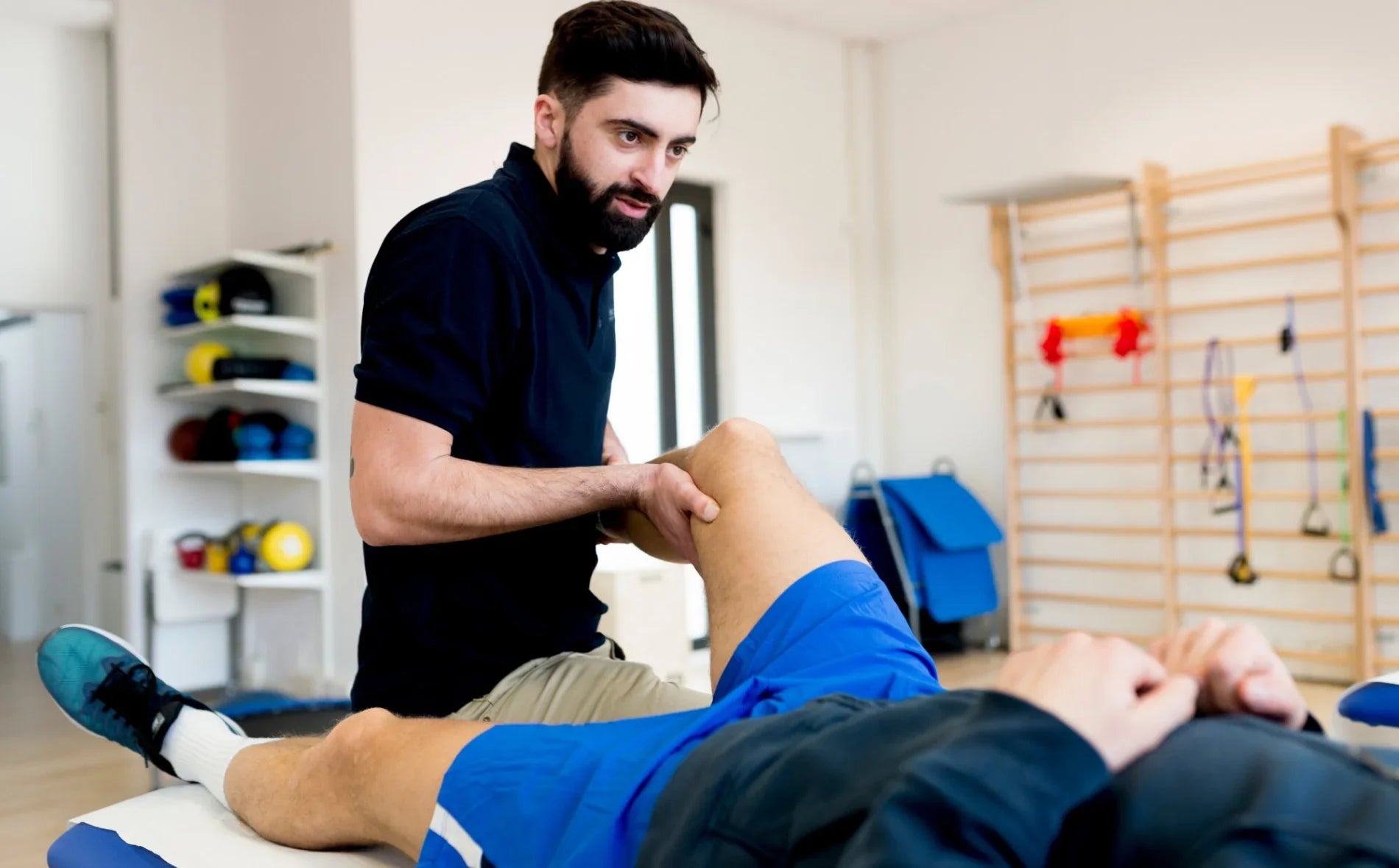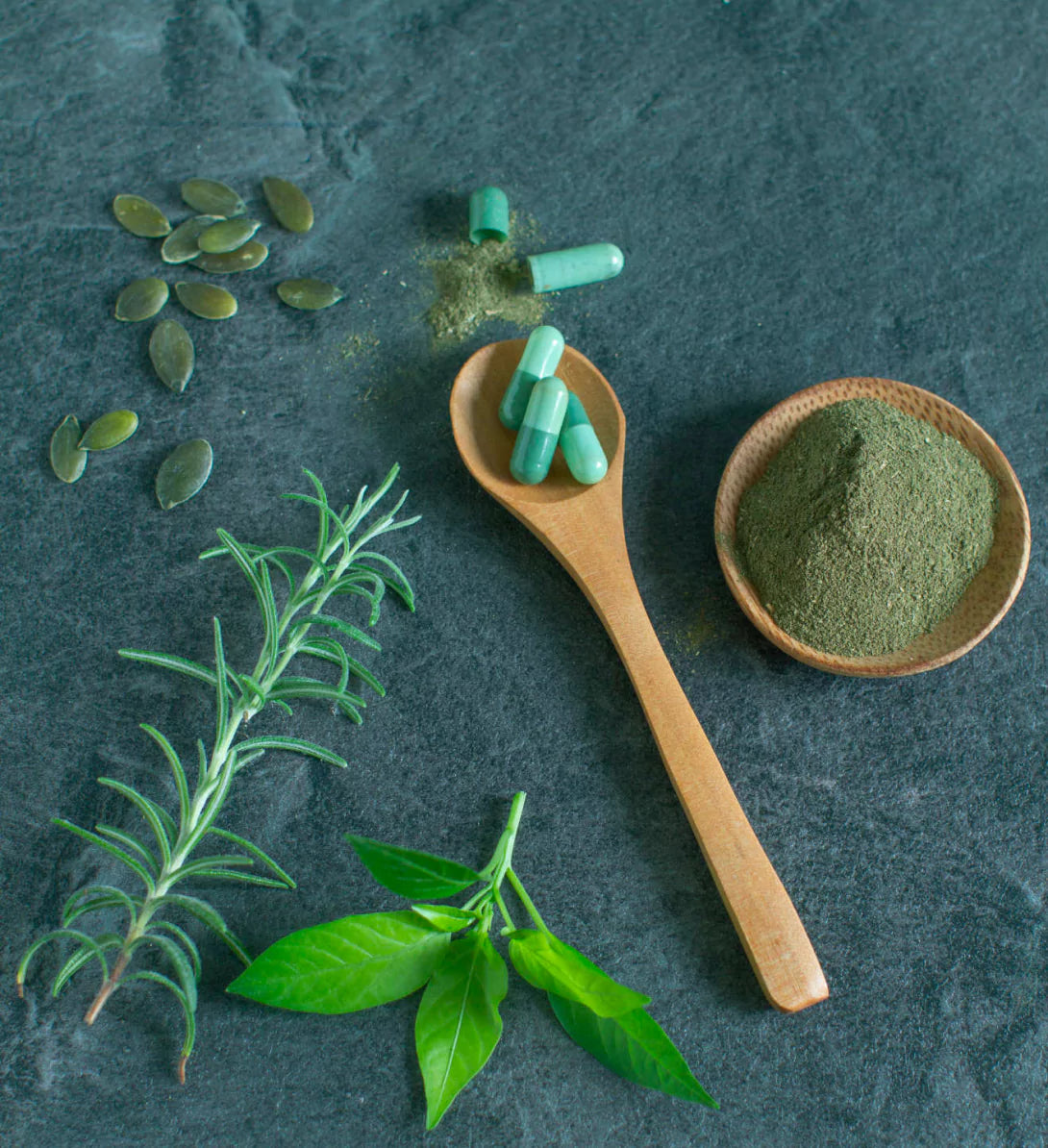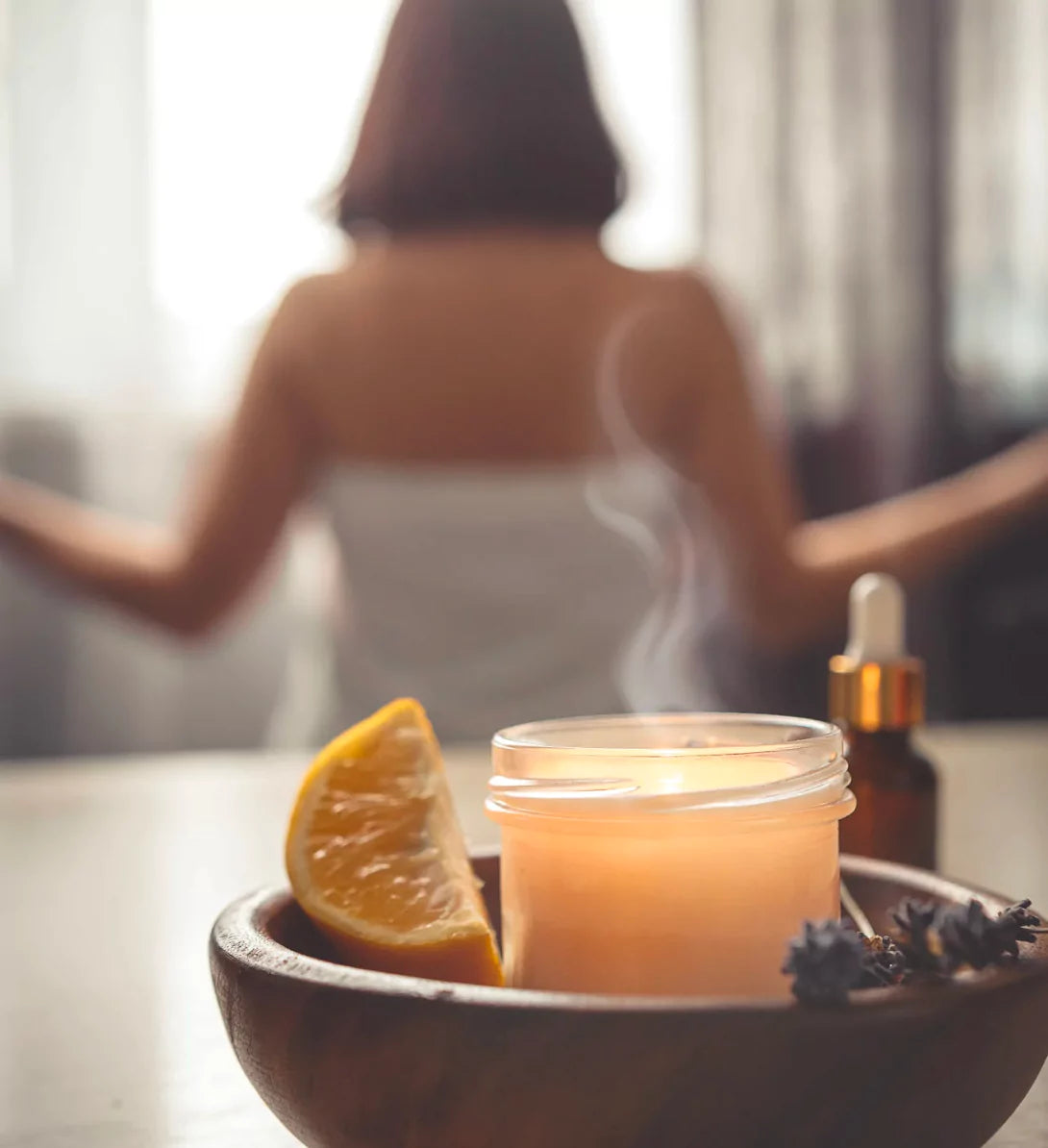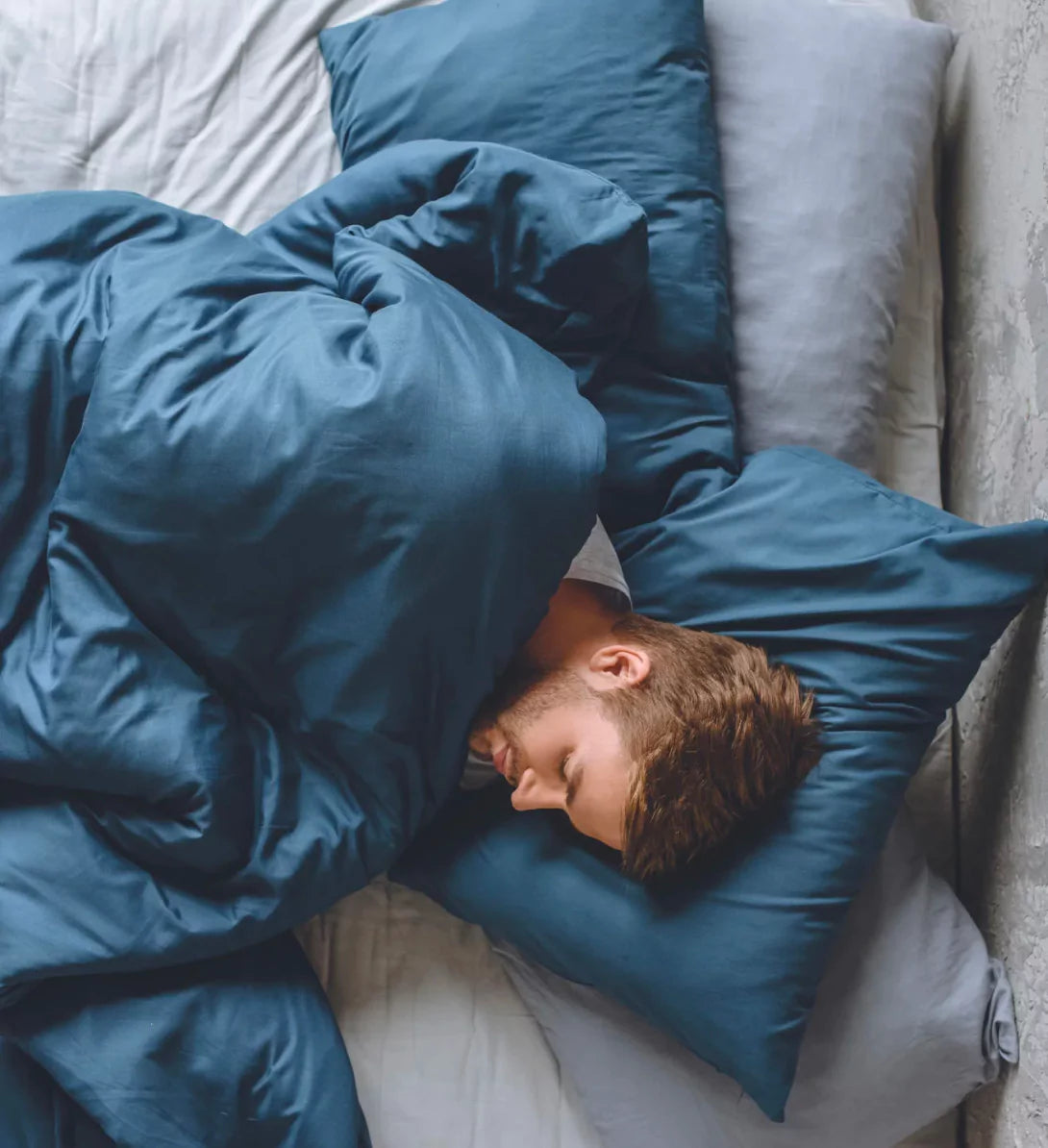If you love getting a good workout in — complete with clothes drenched in sweat and that familiar burning feeling in your muscles — it’s likely you’ve also experienced the not-so-pleasant aftereffects of said workout. A few good elbows in the back (or 15 minutes with a deep percussive massager) can work some serious magic on post-workout soreness, not to mention leave you with a sense of calm. As it turns out, those benefits aren’t just anecdotal. Nope: The power of massage therapy is backed by decades of scientific research.
Lifetime Warranty • HSA/FSA accepted
-
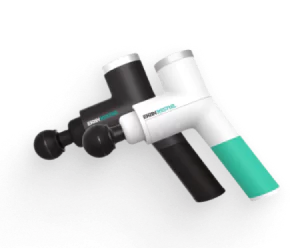 4.8 114 reviews
4.8 114 reviewsEKRIN Kestrel
30% OffDesigned for those who want the very best.
-
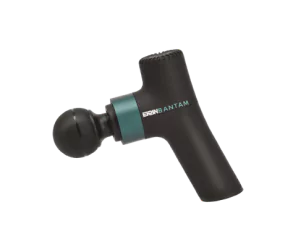 4.8 1050 reviews
4.8 1050 reviewsEKRIN Bantam
25% OffCompact, slim, and lightweight.
-
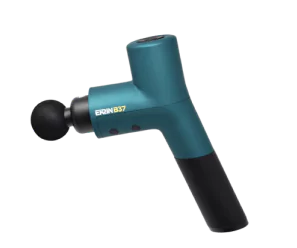 4.8 1805 reviews
4.8 1805 reviewsEKRIN B37
25% OffThe benchmark in percussive therapy.
-
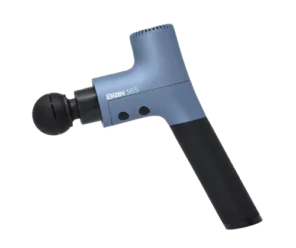 4.8 301 reviews
4.8 301 reviewsEKRIN 365
25% OffPure ergonomics. Slim and lightweight.
-
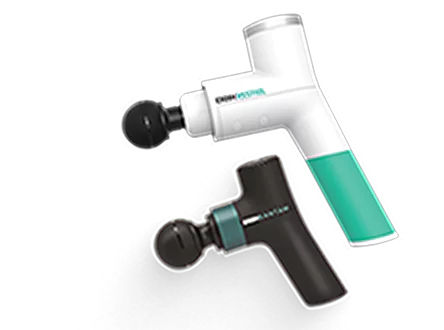
EKRIN Recovery Bundle
30% OffThe most powerful and the most portable in one bundle.
-
Products
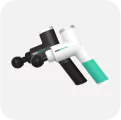
-
Accessories
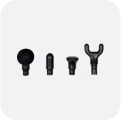
-
How It Works
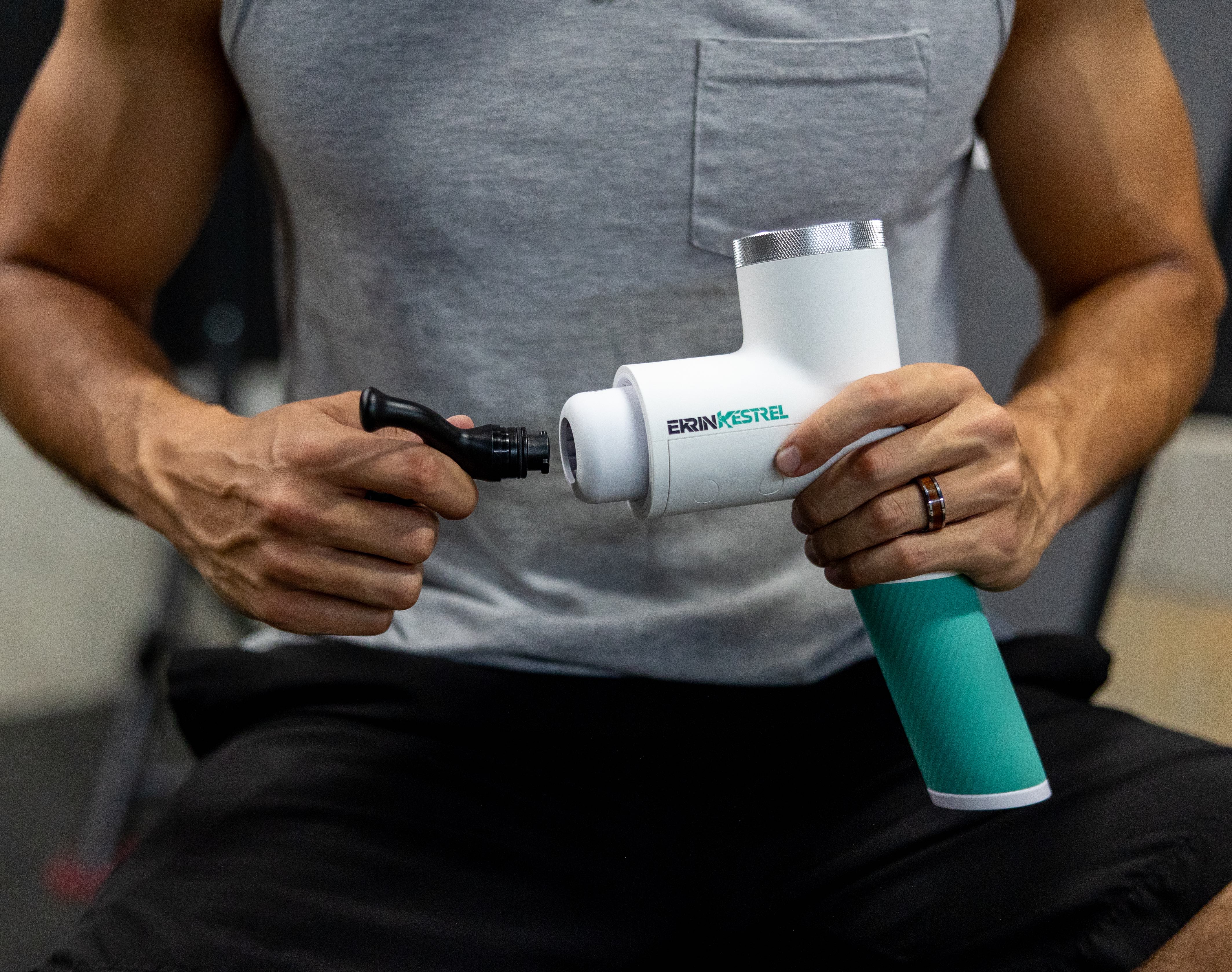
-
About Us
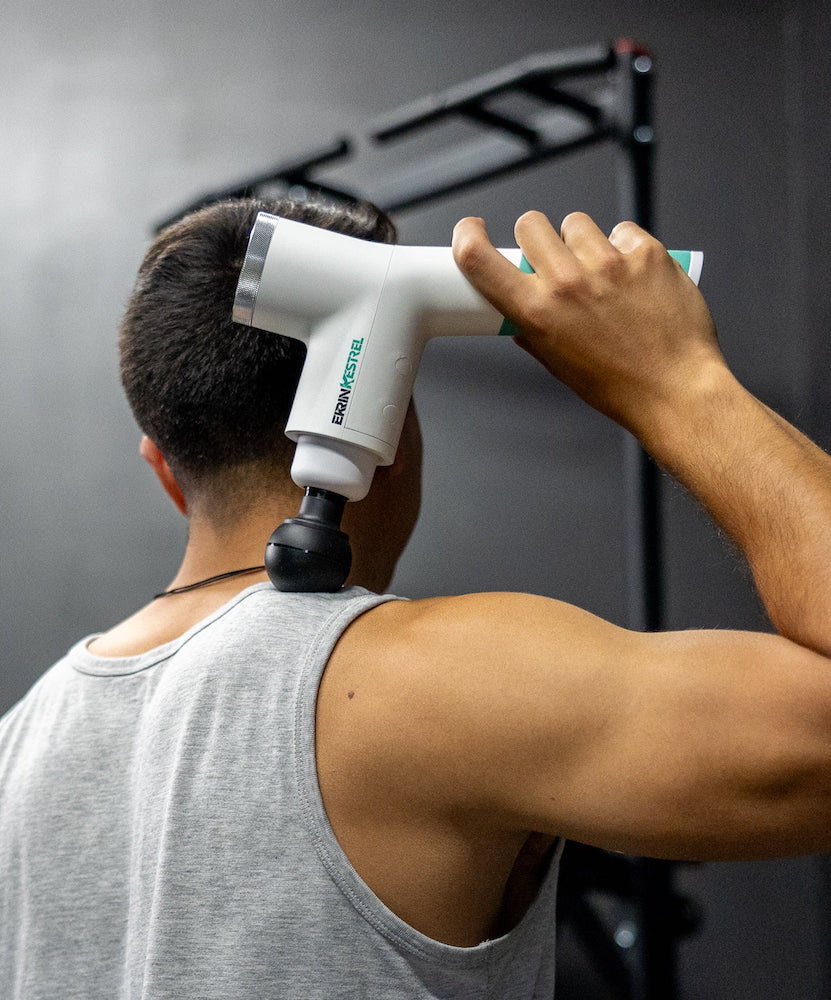
-
 4.8 114 reviews
4.8 114 reviewsEKRIN Kestrel
30% OffDesigned for those who want the very best.
-
 4.8 1050 reviews
4.8 1050 reviewsEKRIN Bantam
25% OffCompact, slim, and lightweight.
-
 4.8 1805 reviews
4.8 1805 reviewsEKRIN B37
25% OffThe benchmark in percussive therapy.
-
 4.8 301 reviews
4.8 301 reviewsEKRIN 365
25% OffPure ergonomics. Slim and lightweight.
-

EKRIN Recovery Bundle
30% OffThe most powerful and the most portable in one bundle.
Fast & Free Shipping • Lifetime Warranty









